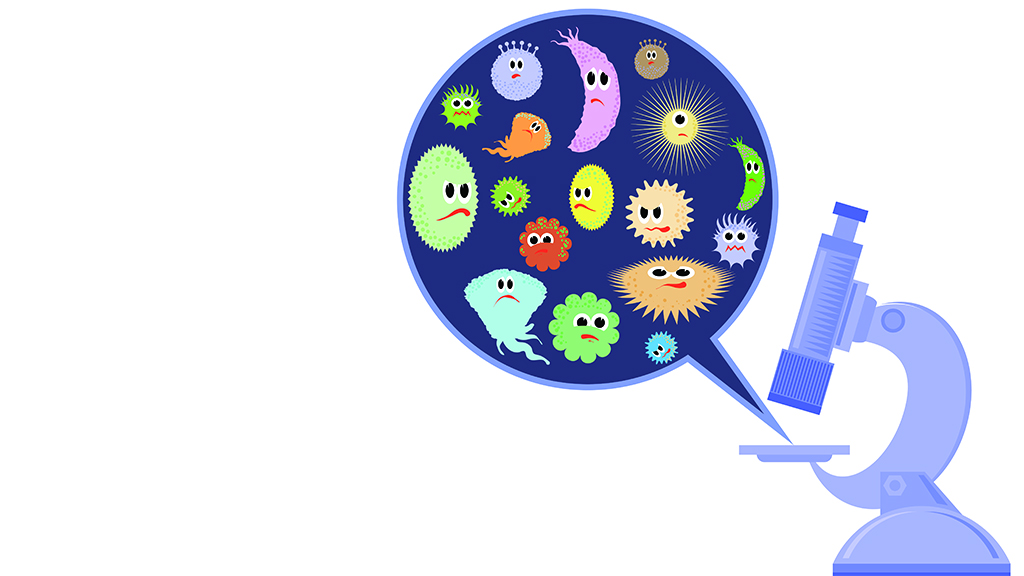Abstract
This case study was developed for teaching metric length measurement in a non-majors biology laboratory setting. The case is suitable for lower-level non-major undergraduate or upper-level high school students. The case develops comprehension of the metric system, unit conversion, proper length measurement, precision, proportion, sample size, and determination of actual cell size from a histology image. Facility with these fundamental concepts and skills generally enhances the understanding of science. The case consists of three sections. Starting with an introduction to the metric system, students then move on to solve unit conversion questions and proportion problems. These activities build the foundation for the last part in which students determine actual cell size from a human skin tissue image. Students should complete the case in a sequential order, as complexity increases incrementally. The case engages students by having them measure their own height with a metric ruler and on that basis determine the number of cells needed to extend from “head to toe.”



